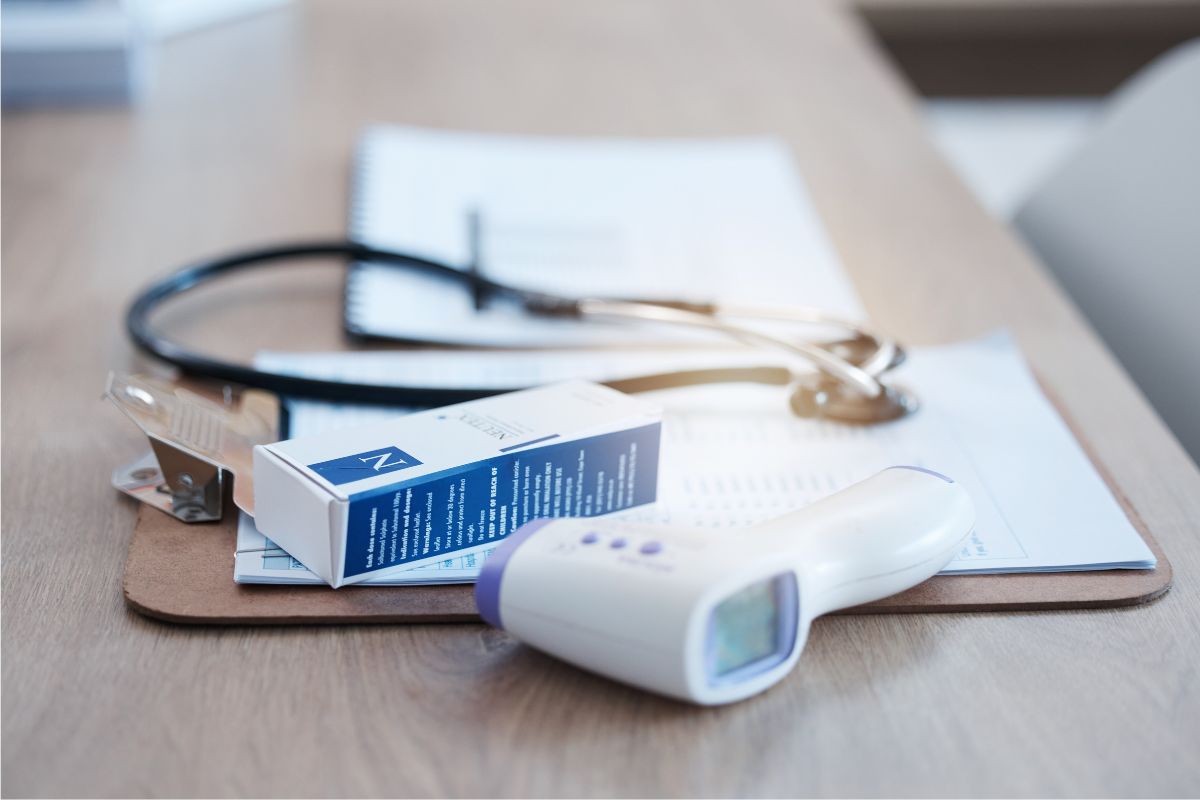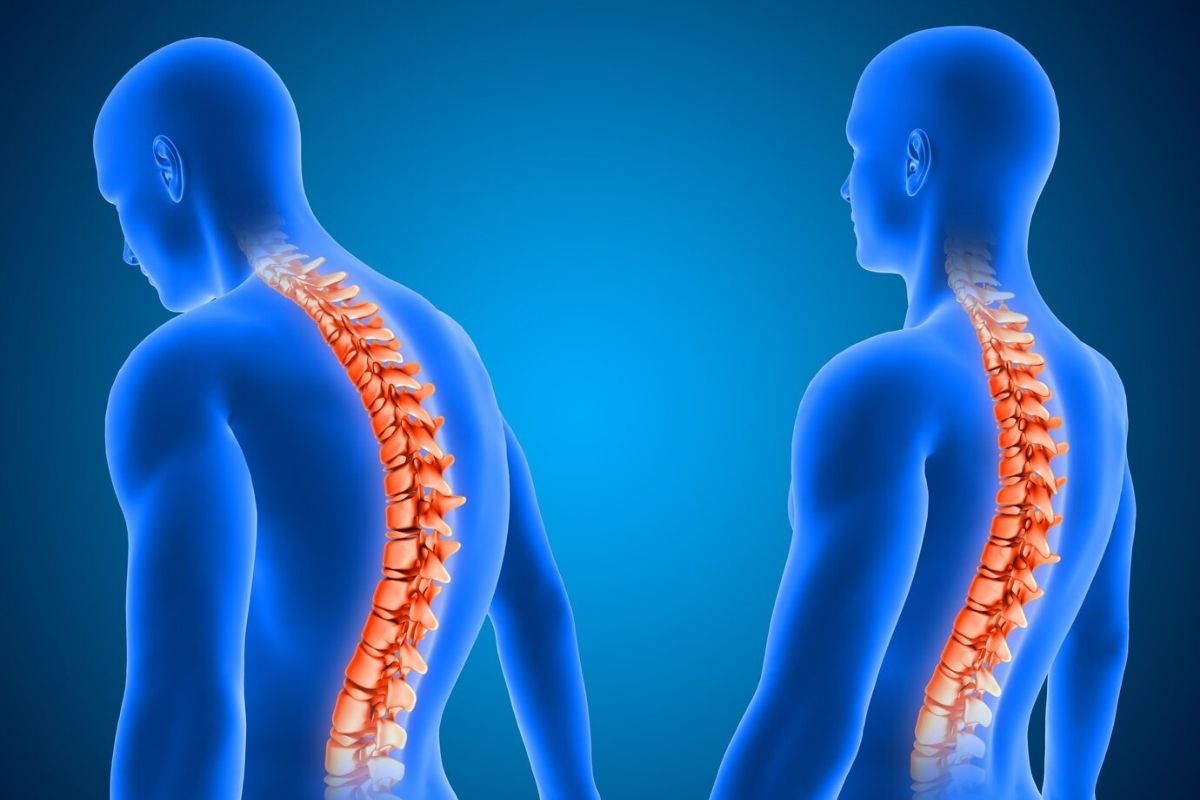
Duodenal switch surgery, also known as biliopancreatic diversion with duodenal switch (BPD-DS), is a complex bariatric surgery procedure performed to help individuals with severe obesity achieve significant weight loss. It is a combination of two surgical techniques: sleeve gastrectomy and intestinal bypass.
Here are the key steps involved in duodenal switch surgery:
Sleeve Gastrectomy: The first part of the procedure involves performing a sleeve gastrectomy. This involves removing a large portion of the stomach, leaving behind a smaller, banana-shaped stomach pouch. The reduced stomach size restricts the amount of food that can be consumed, leading to decreased calorie intake.
Intestinal Bypass: In the second part of the surgery, the small intestine is rearranged to create a malabsorptive component. The surgeon divides the small intestine, rerouting it to form two separate pathways. The shorter pathway, called the common channel, allows food to mix with digestive enzymes and bile, while the longer pathway carries digestive juices further downstream. This arrangement reduces the absorption of calories and nutrients from food.
The combination of sleeve gastrectomy and intestinal bypass in the duodenal switch surgery restricts the amount of food intake and reduces the absorption of calories and nutrients, leading to significant weight loss.
Duodenal switch surgery is known for its ability to produce substantial weight loss and provide favorable outcomes for individuals with severe obesity. It offers both restrictive and malabsorptive effects, making it one of the most effective bariatric procedures for long-term weight loss. However, it is a more complex surgery and carries a higher risk of complications compared to other bariatric procedures.
As with any bariatric surgery, duodenal switch surgery requires careful consideration, evaluation, and consultation with a healthcare professional. It is essential to thoroughly discuss the potential risks, benefits, and long-term implications of the surgery before making a decision. Regular follow-up appointments, lifestyle modifications, and adherence to dietary guidelines are crucial for successful outcomes after duodenal switch surgery.
What Is The Complications in Duodenal Switch Surgery?
Duodenal switch surgery, also known as biliopancreatic diversion with duodenal switch (BPD-DS), is a complex weight loss surgery that involves two components: a sleeve gastrectomy to reduce stomach size and a bypass of a significant portion of the small intestine. While it can be an effective procedure for long-term weight loss, it also carries potential complications. It’s important to consult with a healthcare professional for accurate and personalized information. Here are some possible complications associated with duodenal switch surgery:
Nutritional deficiencies: Due to the bypass of a large portion of the small intestine, individuals who undergo duodenal switch surgery may be at a higher risk of developing nutritional deficiencies. These can include deficiencies in vitamins (such as vitamin D, vitamin B12, and folate) and minerals (such as iron, calcium, and zinc). Lifelong supplementation and close monitoring of nutrient levels are typically necessary.
Dumping syndrome: Dumping syndrome can occur after duodenal switch surgery, especially when high-sugar or high-fat foods are consumed. It involves rapid emptying of stomach contents into the small intestine, leading to symptoms such as nausea, vomiting, diarrhea, abdominal cramps, lightheadedness, and sweating.
Malabsorption-related complications: The bypassed portion of the small intestine can result in malabsorption of nutrients, which can contribute to complications such as diarrhea, steatorrhea (fatty stools), excessive gas, and bloating.
Stomal stenosis: Stomal stenosis refers to a narrowing of the connection (stoma) between the stomach and the small intestine. It can lead to symptoms such as difficulty swallowing, food intolerance, nausea, and vomiting. Further surgical intervention may be required to address this complication.
Internal hernias: Internal hernias can occur after duodenal switch surgery, where a loop of the small intestine becomes trapped or twisted within the abdominal cavity. This can cause bowel obstruction, which may require emergency surgery.
Gallstones: Rapid weight loss after duodenal switch surgery can increase the risk of gallstone formation. These can lead to symptoms such as abdominal pain, nausea, and vomiting. In some cases, gallbladder removal surgery (cholecystectomy) may be necessary.
Wound infections: As with any surgical procedure, there is a risk of wound infections at the incision sites. Prompt medical attention and appropriate management can help mitigate this risk.
Thromboembolism: Surgery, in general, carries a risk of developing blood clots in the legs (deep vein thrombosis) or lungs (pulmonary embolism). Preventive measures such as early ambulation, compression devices, and blood-thinning medications are typically employed to minimize this risk.
It’s important to remember that these complications are potential risks associated with duodenal switch surgery, but not everyone will experience them. The overall success and safety of the procedure depend on various factors, including the individual’s overall health, adherence to post-operative guidelines, and the experience and skill of the surgical team. Consulting with a qualified healthcare professional can provide you with more accurate and personalized information based on your specific situation.












